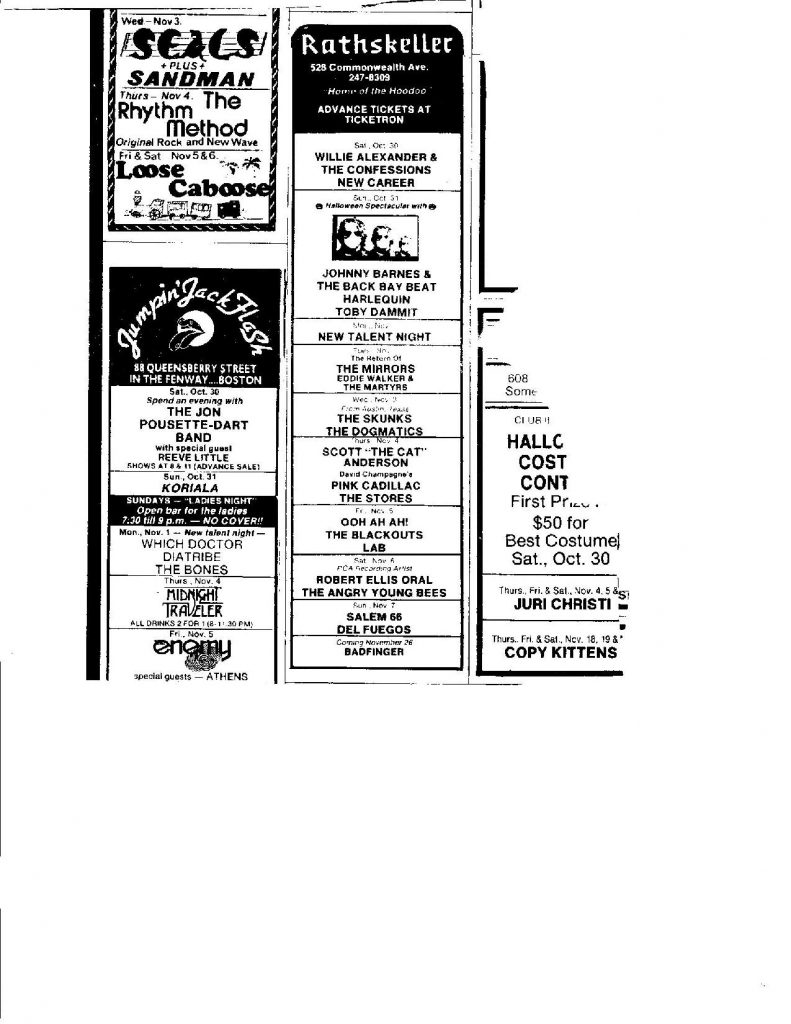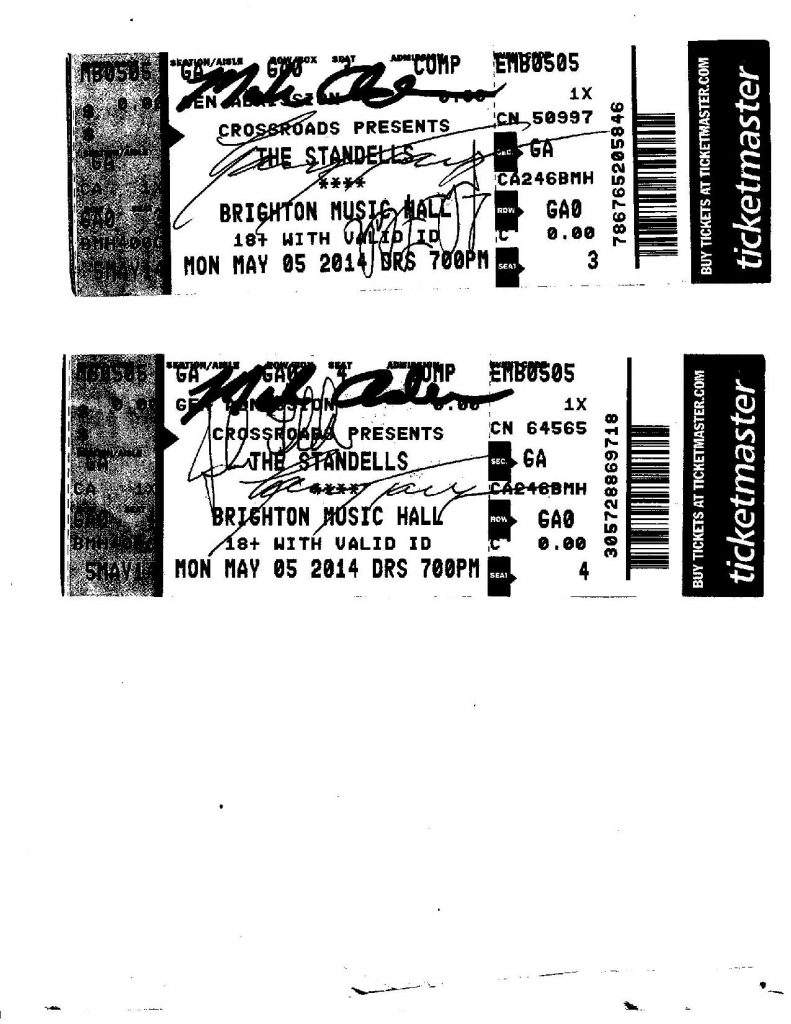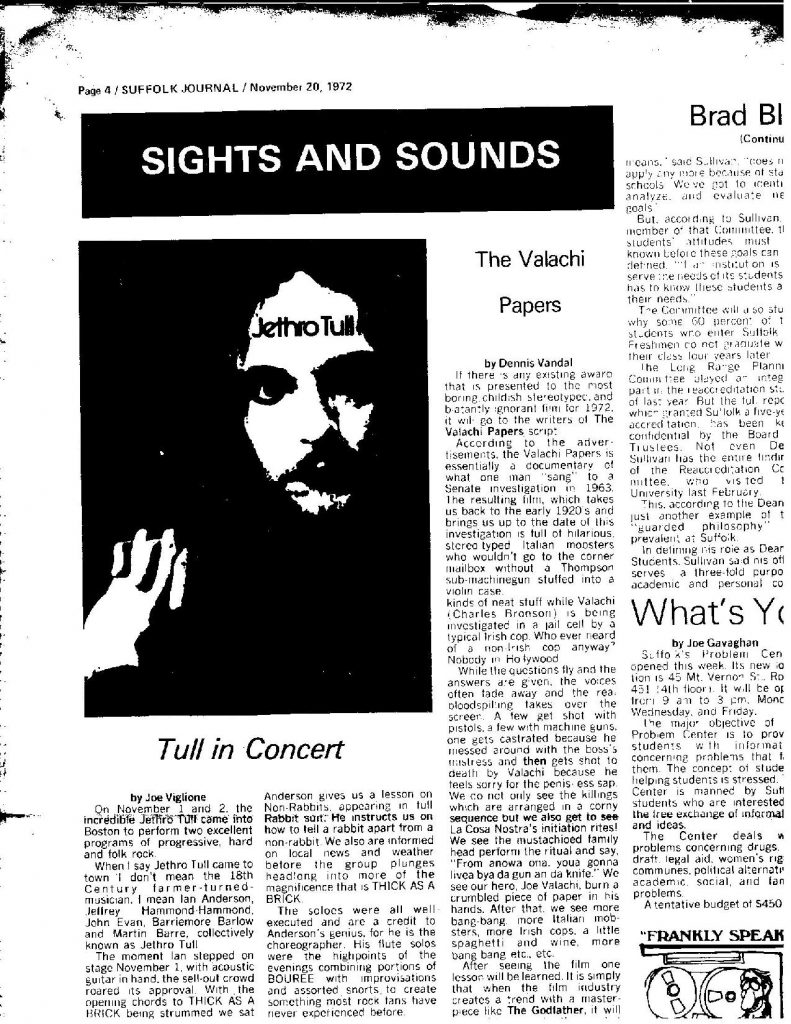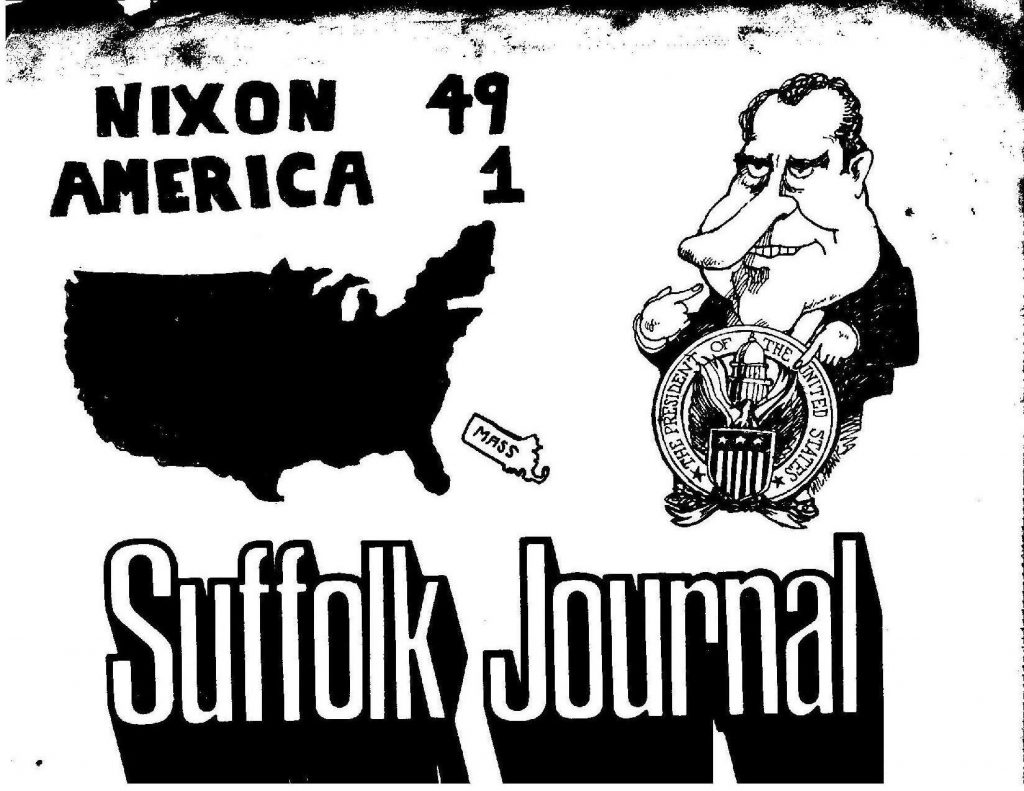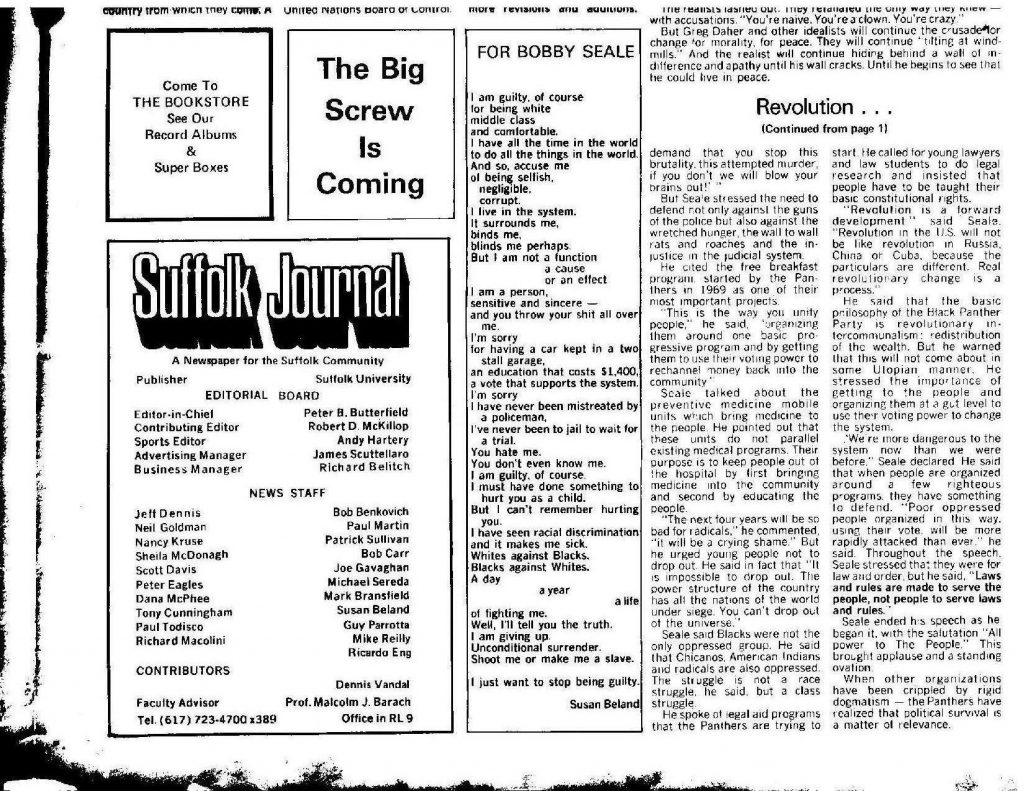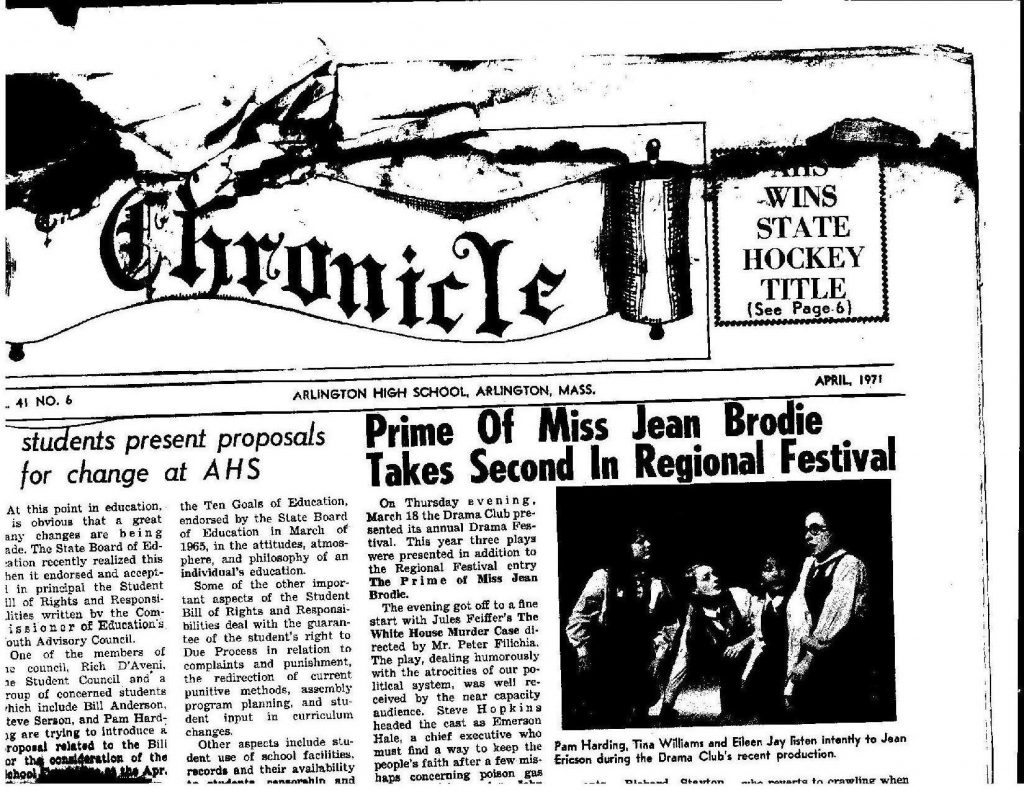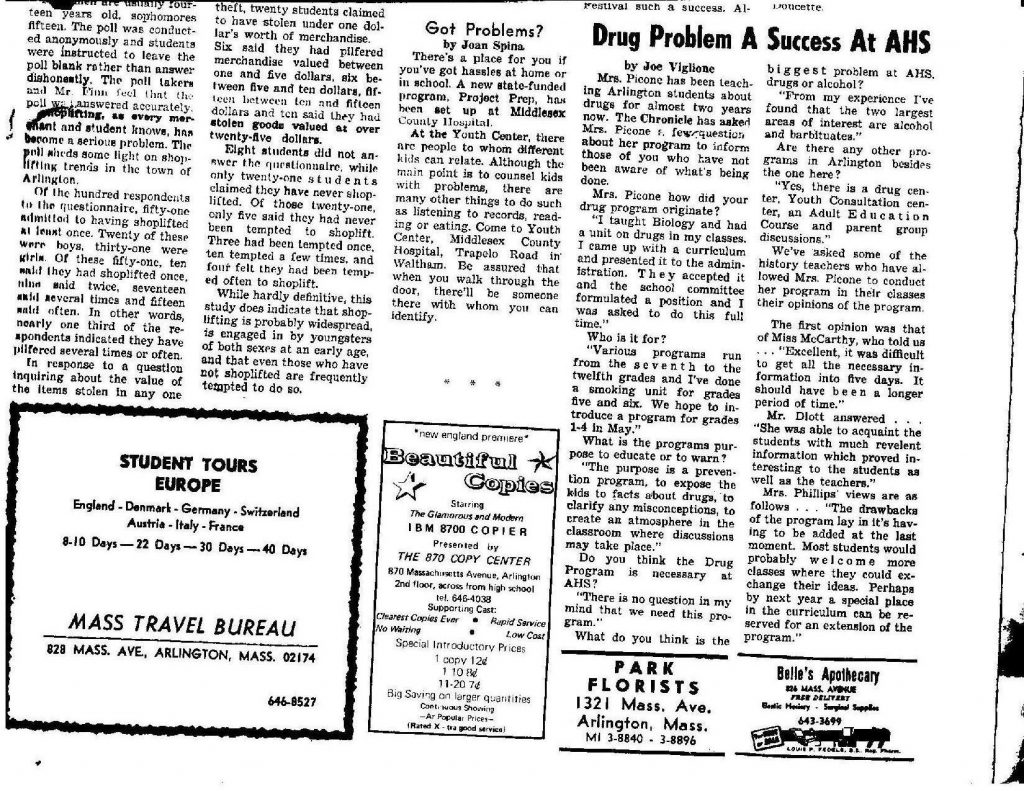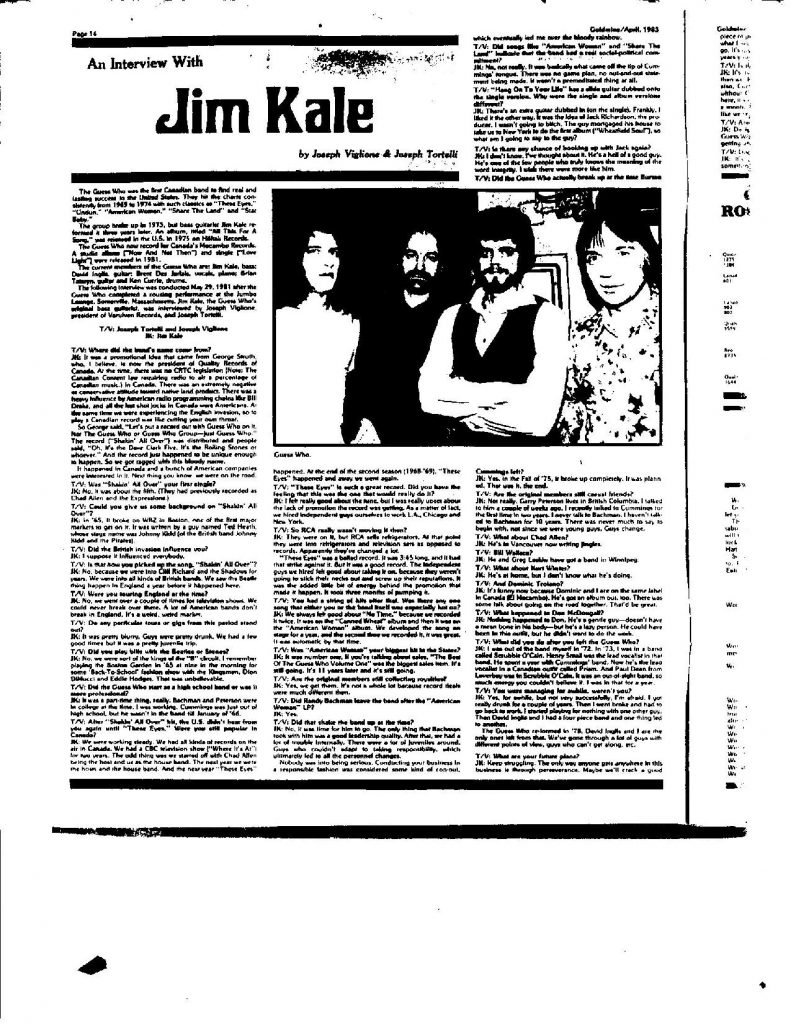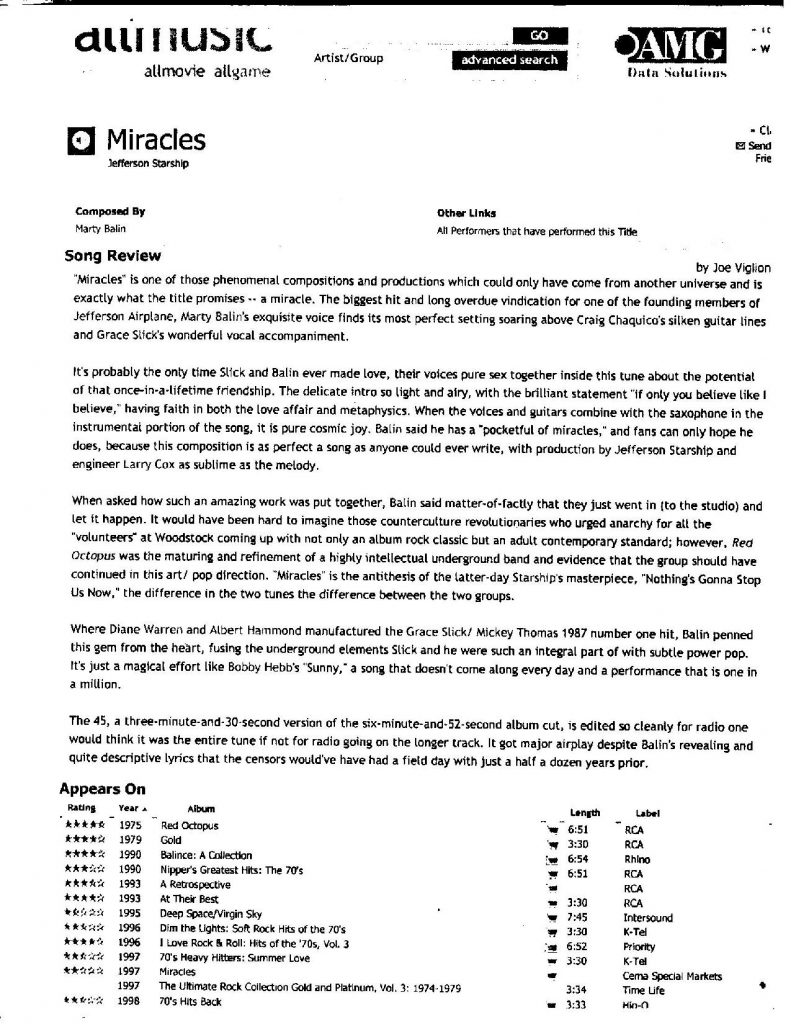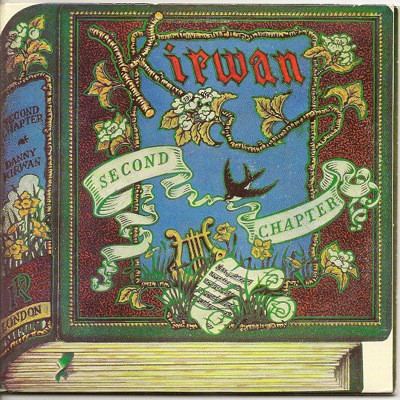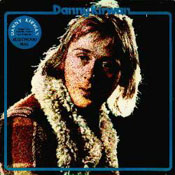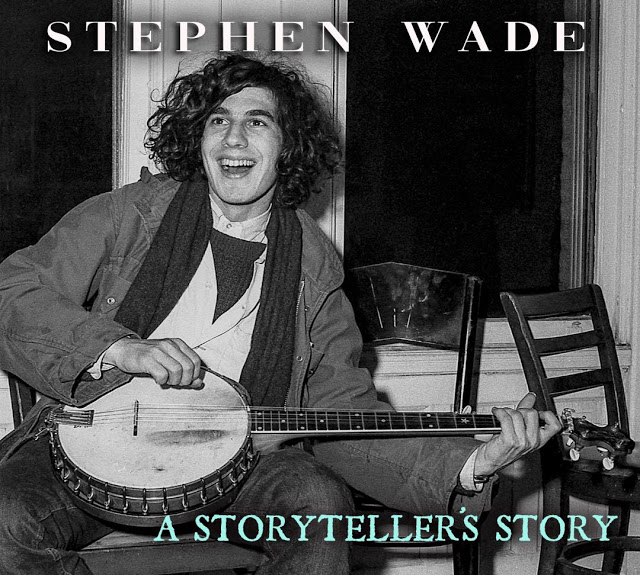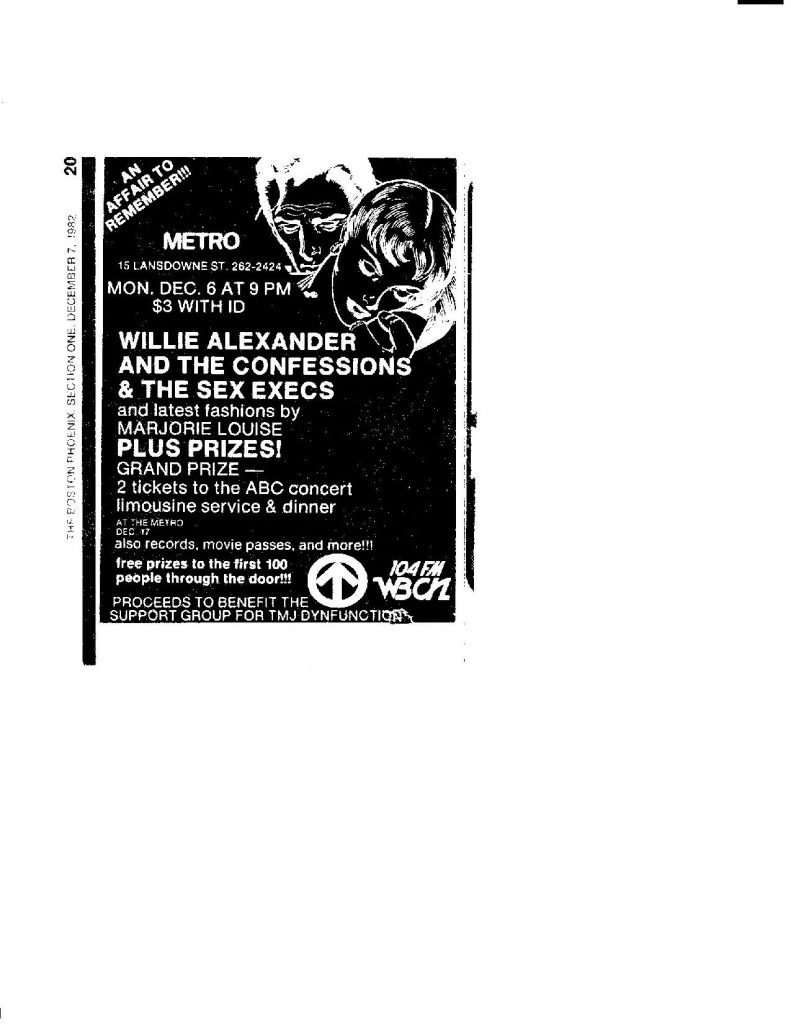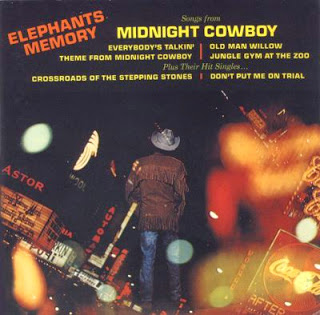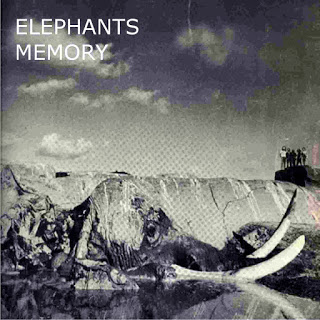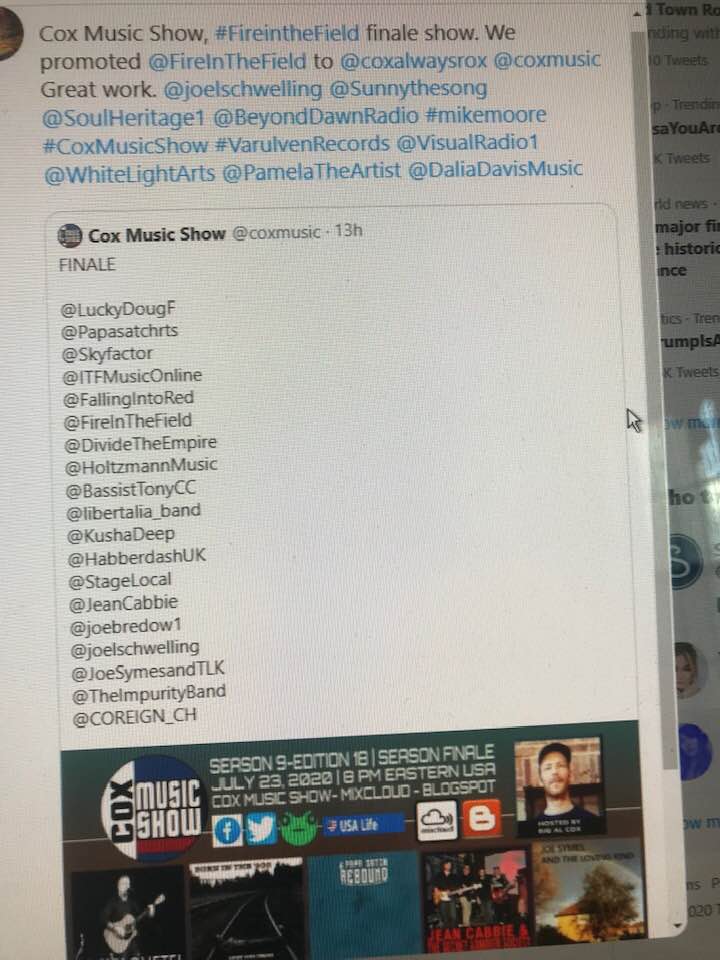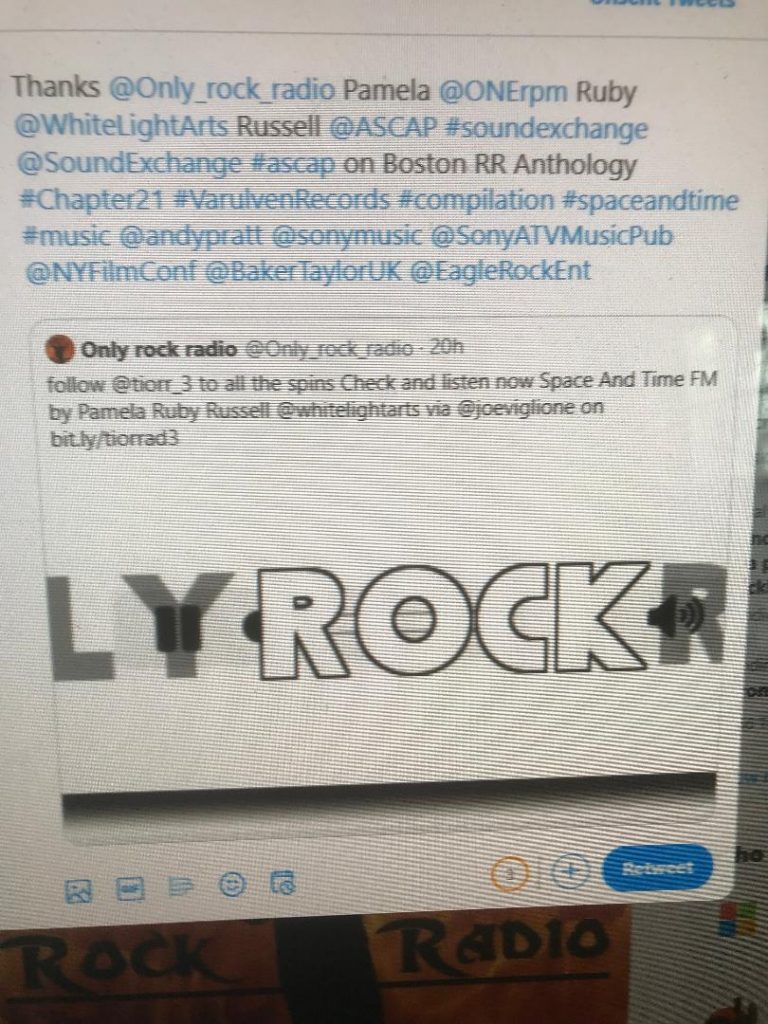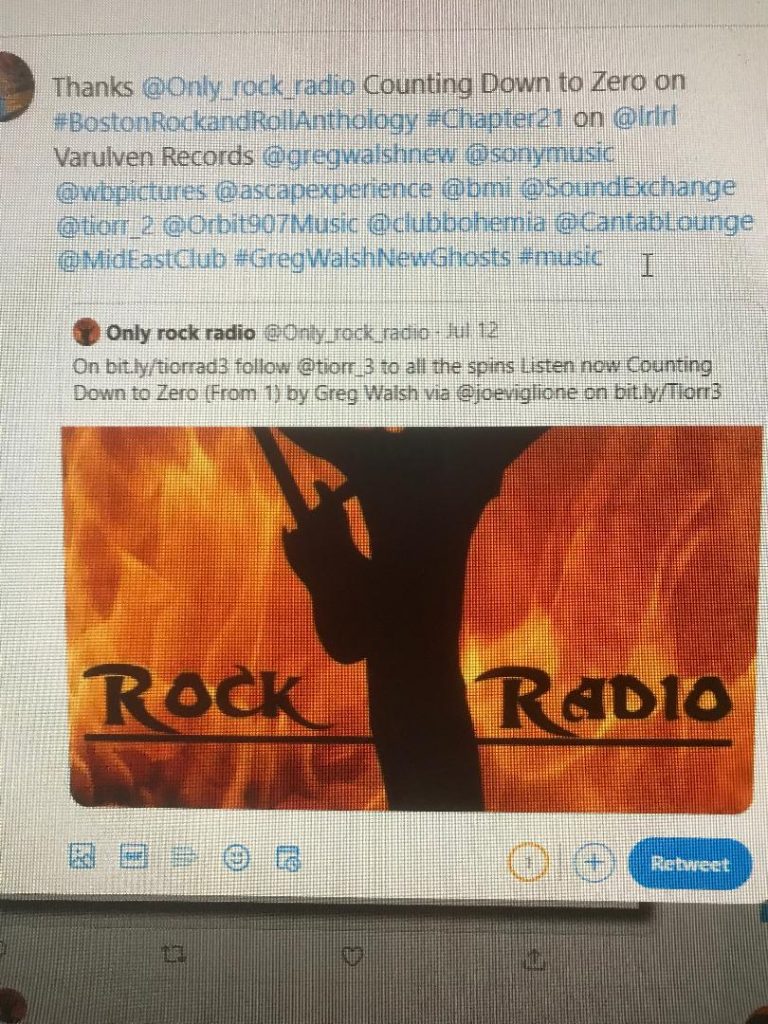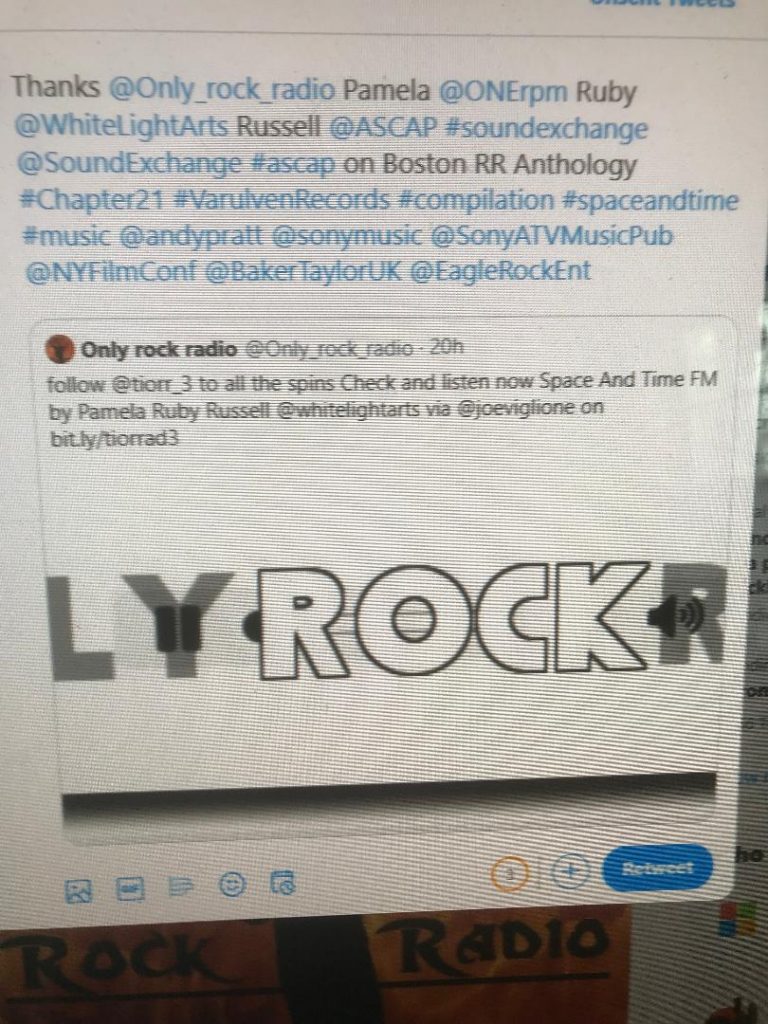HEAR THE ANTHOLOGY ON MIXCLOUD — Chapter #21 on Mixcloud: https://tinyurl.com/Anthchapter21 We’re just finalizing the booklet and working on the promotion

FOR
IMMEDIATE RELEASE
Boston Rock & Roll Anthology Chapter #21
This is the first of our thirty compilation albums where every artist on the
disc and their music have been promoted by my media company. It is a free
service for musicians who give me the honor of representing their music to
radio, print and online publications as well as critics and DJs spanning the
globe. It is truly “double exposure” as the songs that we
have been working find themselves on a fixed medium, inside a booklet, with the
advance knowledge that this music has already been played on multiple terrestrial
and online radio stations.
Yes, many of these artists have been on the rock and roll highways with me for
two, three or four decades. As publicist for Club Bohemia @ the Cantab
the weekly postings keep me apprised of who is out there in the trenches
working to entertain. It’s been twenty-three years since Boston Rock & Roll
Anthology Vol #20 so my one regret as that I didn’t keep this up on an annual
basis. Let’s plan to do that now!
___________________________________________________________________________
Greg Walsh’s New Ghosts feature the drummer from Pop Gun and Huck
2. Huck 2 worked with me in the 1990s and Pop Gun appeared with my
band at the C Note when we played the past eight or so years for Michael
Weddle’s Rat Reunions.
Phil DaRosa met me out in Springfield when Jimmy Miller’s daughter, Deena,
performed with Maxine Nightingale at the Big “E” – it was many years
ago and Phil’s “Faraday” is remarkable, inspired and quite different
from the music that he performs live.
Kitoto Sunshine Love is the daughter of our good friend Bobby Hebb (his
birthday July 26, just yesterday.) Bobby released a disco song about his
roots, “Proud Soul Heritage,” and Kitoto performs it with a
blues/Gospel feel, yours truly producing. On drums is the amazing Steve Holley
from Elton John/McCartney – Wings/Ian Hunter-Mott the Hoople, Thomas Hebb –
Bobby’s nephew, and the wonderful choir!
Kitoto’s second track, “Love You,” features Peter Calo (Carly Simon’s
music director) who is actually performing “Love You” in his live
sets; the late David Maxwell on piano in what might have been one of his final
sessions and I only wish Bobby could hear his daughter singing these amazing
songs in such a touching way.
Heidi Jo Hines and Nicola Barchiesi are Karma Car. Heidi is the daughter
of the late Jo Jo Laine and Wings’ guitarist Denny Laine. Their two songs are
unique and expressive with Beatles’ flavors the frosting on the cake.
Which is why I put “Downtime” by the Complaints next to “As It
Is,” listen to the Beatles influences on Dean Petrella – though the song
is still distinctive and original.
Michele Gear Cole wrote “Guardian Angel” for her dad and it has hooks
galore and her amazing vocal. Michele worked with Jimmy Miller in the
1980s and has the distinction of bringing both Marvin Hagler and Miller onstage
during a packed and stunning show at the Paradise Theater. Billy and
Michele have that show on tape! And got Jimmy to sing “Gimme
Shelter” with them at Syncro Sound, the Cars studio on Newbury St.
Around that time Jimmy brought me to a Keith Richards session in New
York. Keith said “Joe, you have to meet Rob Fraboni.”
Working for Rob it was my honor to promote Alvin Lee featuring George Harrison
and Jon Lord of Deep Purple for the CD ZOOM featuring “Real Life
Blues.” Rob has remastered the Bob Marley collection, has a Grammy
with Keith for a Hank Williams tribute, and engineered Goats Head Soup with
Jimmy Miller while co-producing Bridges to Babylon.
Rob spent enormous hours mastering this album over the past four days. It
shows! I love every track. From 3d, who debuted on Boston RR
Anthology #8 back in the 1980s to Fire in the Field and Empty County Band who
met me at Club Bohemia, these artists are very special to me, and their music
is – at some points – overwhelmingly beautiful.
My dear friend Pamela Ruby Russell came out to the Middle East June 1, 2019 and
met Andy Pratt (who was amazing with Mach Bell on drums and Larry Newman on
bass.) Andy introduced Pamela to Mario Gil who worked with Pamela on
“Space And Time.” It and “Walk Thru Fire” (from her Highway
of Dreams album) bring a texture to the album that complements the other
artists. Peter Calo co-produced Highway of Dreams.
Dalia Davis has been making a splash on Lowbudget Records with her Dylan
tribute to “My Back Pages” and her very creative “Beatles
Bridges,” which is a mix of bridges of Beatles songs. [Have you noticed
yet our affinity for the Stones and the Fab Four?] I asked Dalia for the folk
track, “Eleven and a Half,” as it rounds the album out nicely, though
her “Power of One” is starting to get attention at online radio.
Tom Mich’s “Table Scraps” is uniquely different and creative – I
adore it – and not because he was guitar tech for Terry Kath, the late
guitarist of the band Chicago, or the fact that he was my roommate at the dawn
of the 1980s. Matt O’Connor’s “Ballad of a Rock Star” is
a take-off, he tells me, on an unpublished song of mine, “Are You a Rock
Star Yet?” Like Mich, Matty O lived with me too, and that we’re all
still speaking speaks volumes, does it not? Love the “Sympathy for
the Devil” vocals in Rock Star!
Legendary Kenne Highland of The Gizmos is also a long-time guitarist with yours
truly. He’s also in Mad Painter, a Club Bohemia band for sure, but it was
Kenne who introduced me to Alex Gitlin. They have Mott the Hoople
influences and since our album has Steve Holley from Mott the Hoople AND Wings,
well, you can see we are writing like our heroes AND appearing on CDs with
them.
Joe Black has been working with me since the 1980s, like many on this disc.
“Blackenstein” (instrumental) may be the ultimate of many Joe Black
songs, and features Artie Knyff of L-88, the band I got to book into the
Worcester Centrum with Blue Oyster Cult all those years ago.
When our good friend Little Joe Cook was checking out Scott Couper at the
Cantab he didn’t know that Scott and his brother Jay worked with me for
years. They also backed up Denny Laine on tour. Well, recently I
couldn’t find a master tape of mine from 1979 that was missing from the Varulven
inventory. Lo and behold Jay and Scott shipped me 8 or 9 DVDs with about
EIGHT HOURS of Count music…live shows and many, many unreleased tunes.
It had the 1979 track, don’t know how they got ahold of it but they did! And
thank the good Lord, the missing tape is retrieved. “I Thought
About You” here on this album is a track from my soon-to-be released
Secret Things album that Jay produced and Scott arranged. They are
brilliant. And when Little Joe left the Cantab the brothers became the house
band for quite some time.
This is a very special album, and to be with all my friends on this disc is an
ultimate party on plastic!
Special thanks to Kenny Selcer for post production and assembling. His
resume’ is amazing doing sound for Magic Dick, Aztec Two Step, Eric Andersen
and performing in a duo with Steve Gilligan of Fox Pass and The Stompers. We
are all one big family and if you listen to this album two or three times
you’ll understand why the Boston music community is one of the greatest in the
world. The previous anthologies are fetching nice prices on eBay…you have the
privilege of hearing the future right now.
Onward
Joe Viglione
Producer, Creator The Boston Rock & Roll Anthology Series
P.O. Box 2392, Woburn, MA 01888 tel 617 899 5926
Demodeal @ yahoo.com
_____________________________________________________________________
THE HISTORY OF BOSTON ROCK AND ROLL ON FIXED MEDIA
The Boston Rock & Roll Anthology Series started in 1983 with the first
Anthology rolling off the truck and Producer Jimmy Miller marveling at a
compilation of area music. “What a great idea” Jimmy said as I
cracked open the first box and showed him
Volume 1 before anyone else in the world!
In 1979 we started off with The Boston Bootleg and 1981 The Boston Bootleg 2
which featured the beautiful legs of my graphic artist, Billie Perry. Chapter
#20 arrived in 1997 with four volumes of the Demo That Got The Deal (TM) radio
show continuing the legacy, Chapter 4 in 2014.
In between we had the U.S. Anthology #1, the Boston Jazz Anthology and the Mass
Metal album.
This will be our THIRTIETH COMPILATION of local music with many more to come.
The CD comes with a booklet, the story of the anthology series and information
on each track with the music in the back of the booklet. Produced and directed
by Joe Viglione, Varulven Records P.O. Box 2392, Woburn MA 01888 Co-sequencing
and assembling: Kenny Selcer. Mastered by Rob Fraboni.
https://www.mixcloud.com/joe-viglione/boston-rock-roll-anthology-chapter-21-on-the-joe-vig-pop-explosion-radio-show/
1 Everything But Peace – 3D 3:41
2 Space And Time – Pamela Ruby Russell
4:28
3 As It Is Karma Car 4:58
4 Downtime-The Complaints 4:36
5 Faraday – Phil daRosa 5:56
6 Proud Soul Heritage – Kitoto Sunshine Love
3:44
7 Guardian Angel – Slapback Band 4:37
8 Until The End – Empty County Band 4:09
9 Blackenstein-Joe Black 4:24
10 Table Scraps-Tom Mich Jr. 2:59
11 Counting Down to Zero (From 1) – Greg Walsh’s New Ghosts 3:19
12 The Letter – Mad Painter 2:55
13 Monster-Joe Black 4:18
14 Skeptical – Empty County Band 2:54
15 Walk Thru Fire – Pamela Ruby Russell
4:27
16 Love You – Kitoto Sunshine Love
2:45
17 Who’s Foolin’ Who – Karman Car 3:24
18 I Thought About You-Joe Viglione 2:43
19 Eleven and a Half – Dalia Davis 2:52
20)Bossman Fire in the Field
21)Ballad of a Rock Star – Matty O 2:23

